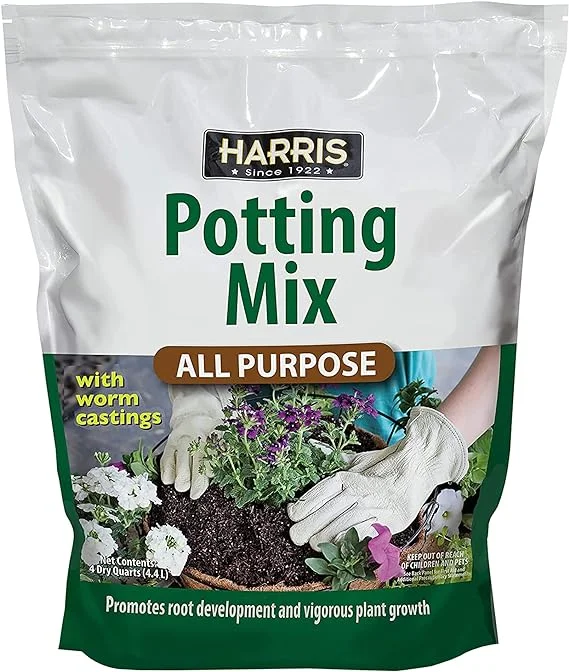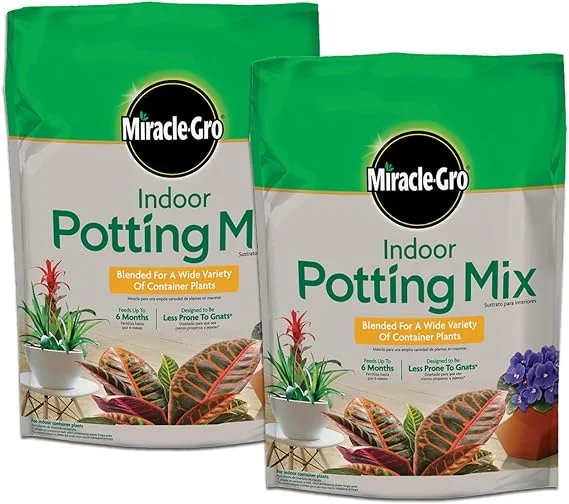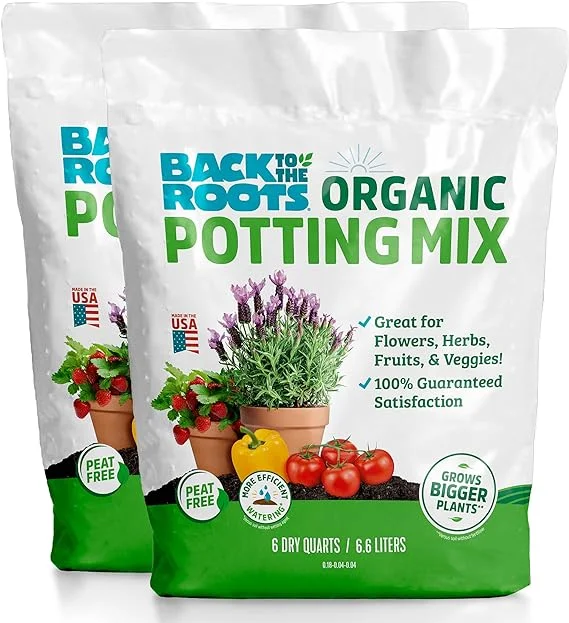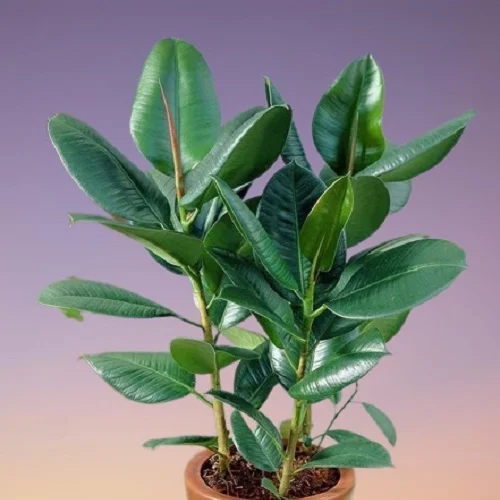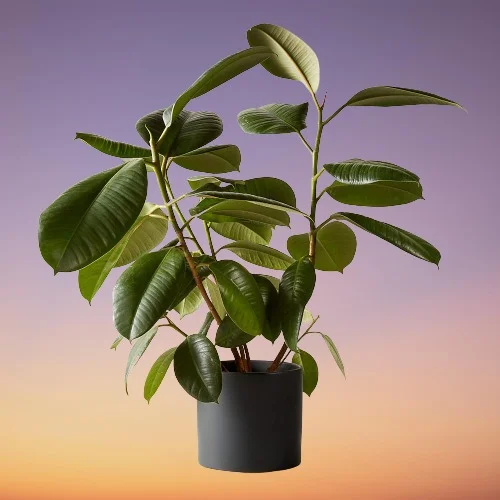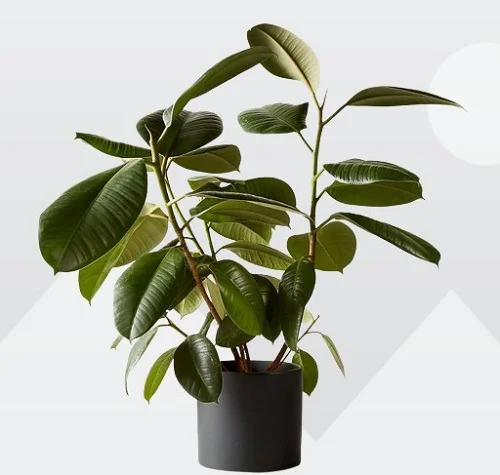10 Reasons Why Creeping Fig (Ficus pumila) is Dying and How to Revive It
Some links in this post may be affiliate links
Creeping Fig (Ficus pumila) may die due to overwatering, underwatering, low humidity, little light, cold drafts, poor feeding, direct sunlight, poor quality soil, root-rot and pests among others.
Creeping Fig also called Climbing Fig is one of the popular Ficus varieties and is useful as a trailer or climber. It produces a dense green carpet which makes it one of the best indoor ground covers.
Ficus pumila grows best in medium to bright indrect light (filtered light), average warmth of 16-280C, humidity of 60-70% and consistently moist, rich, well-drained, all purpose potting soils coupled with monthly feeding during the growing season. Read more on how to grow and care for Creeping Fig (Ficus pumila).
If these conditions are not provided, the plant may begin to die. Below are 10 reasons why a Creeping Fig may die and how to revive it.
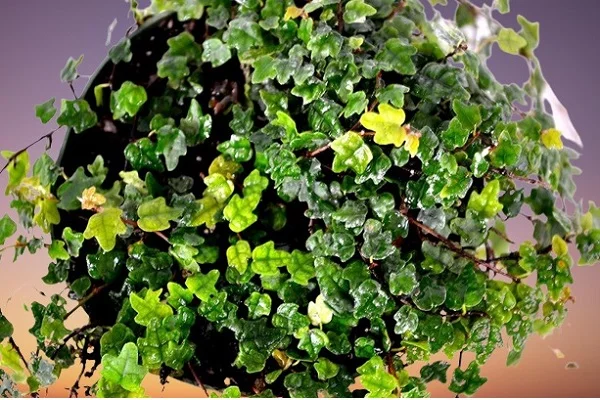
10 Reasons Why Creeping Fig is Dying with Fixes
1. Pest infestations
Creeping Fig is prone to aphids, mealybugs, scale insects and spider mites which are prevalent in dry conditions. These insects suck the plant sap causing the plant to be dehydrated, wilted, stunted, and begins to die.
How to fix it
- Keep your Creeping Fig healthy by providing it with the right growing condition to minimize pest infestation.
- Set the pot on a wet pebble tray or grow the plant in a well-lit bathroom and other humid areas in the home to increase humidity.
- Maintain the plant well pruned by removal of dead and yellow foliage to discourage pest infestations.
- Isolate the affected plant to prevent spread to the other plants and treat it with insecticidal soap or neem oil. Make sure to follow the manufacturer's instructions.
2. Root-rot disease
Creeping Fig is prone to root-rot which is prevalent in soggy soil due to poor soil drainage. The disease is characterized by yellowing, wilting and leaf drop which is rapidly followed by browning and eventual plant death if not corrected.
How to fix it
- Carefully, slip the plant out of its pot and inspect the roots.
- Brown-black mushy roots indicate root-rot, trim them off and treat the healthy roots with a copper-based fungicidal solution.
- Disinfect the pot with the fungicidal solution or use a fresh pot to repot the plant in fresh free-draining soil.
- Withhold watering and keep the plant dry for 5-7 days before you resume watering.
- To prevent root-rot in the future, use a pot with a drainage hole and well-drained soil.
- Avoid overwatering in the cold season as growth is minimal at this time, therefore, the plant does not require much water. Read more on how to treat root-rot in houseplants.
3. Improper feeding
Overfeeding a Creeping Fig will cause the roots to die due to fertilizer burn. When the roots die, they cannot take up nutrients and water required for photosynthesis, thus the plant begins to die due to lack of nutrients.
On the other hand, underfeeding implies that the plant is not getting nutrients needed for growth, therefore, the plant begins to die.
How to fix it
- Feed your Creeping Fig monthly during the growing period (spring and summer) with a balanced, water-soluble fertilizer to promote a lush growth.
- Do not feed in the cold season (fall and winter) as growth is minimal and feeding at this time can lead to fertilizer burn and death of the plant.
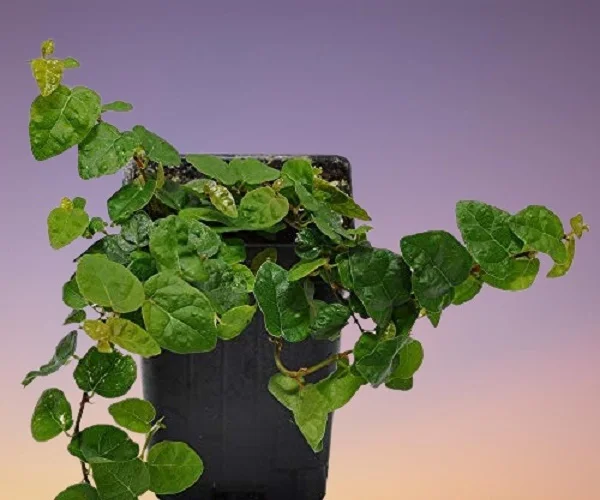
4. Poor quality Soil
Poor quality soil does not drain freely and easily becomes compacted or soggy resulting in slowed growth, causing the Creeping Fig to start to die.
How to fix it
- Grow your Creeping Fig in a well-draining, nutrient-rich soil made up of 50% potting soil, 30% peat moss or coco coir, and 20% perlite or sand.
5. Too little light
Too little light means that the plant cannot make enough food for growth and development which results in stunted growth, causing the plant to begin to die.
How to fix it
- Position your Creeping Fig infront of a large, brightly-lit window or instal a grow light if the natural lighting is not sufficient.
- Rotate the pot regularly to ensure that the plant receives light on all sides for a balanced growth and to prevent leggy growth.
6. Low humidity
Low humidity (dry air) for Creeping Fig will result in reduced growth followed by dry, shrivelled leaves and leaf drop causing the plant to start dying.
How to fix it
- Group the plants together, set the pot on a wet pebble tray or use a humidifier to upscale humidity.
- You may grow your Creeping Fig in a well-lit bathroom, kitchen and other humid areas in the home.
- The plant is also perfect for a closed terrarium as a high humidity can easily be maintained inside a terrarium.
7. Being extremely pot-bound
Though a Creeping Fig grows best when slightly pot-bound, when it becomes extremely pot-bound it begins to wilt, drop leaves and begin to die.
This is because the roots have filled the pot meaning there is very little soil to hold water. Therefore, the plant will droop, drop leaves and start to die.
How to fix it
- Check the bottom of the pot for roots growing through the drainage hole and repot your Creeping Fig into a pot one size larger than the current one.
- Thereafter, repot at the beginning of the growing season when pot-bound.
- Avoid frequent repotting as the plant flourishes when slightly pot-bound.
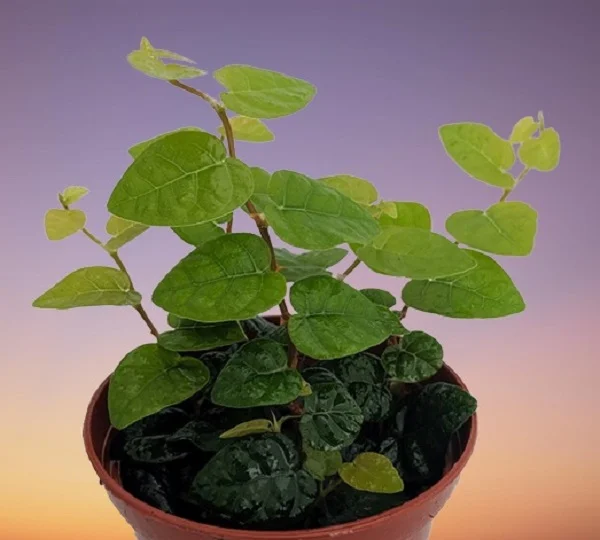
8. Direct sunlight
Exposure of the plant to direct sunlight, it will begin to turn brown, wilt, drop leaves and begin to die.
How to fix it
- Position your Creeping Fig in a more shaded spot or instal a light curtain to shield it from direct sunshine.
9. Incorrect watering
Incorrect watering; both overwatering and underwatering will result in reduced growth, yellowing leaves, and leaf drop causing the plant to start dying.
Overwatering causes the roots to die due to lack of oxygen. Underwatering results in too little moisture in the soil. Dehydration will happen in both cases resulting in yellowing, leaf drop and death of the plant.
How to fix it
- Water your Creeping Fig when the top 1-2 inches of soil to dry out.
- Do not water on a schedule to avoid either overwatering or underwatering.
- Cut down on watering in the cold season but do not allow the soil to dry out completely.
- Ensure that the pot has a drainage hole and the soil is well-draining.
10. Cold drafts
Creeping Fig can not tolerate cold temperatures. Cold drafts lead to sudden drops in temperature, resulting in leaf drop and reduced growth which causes the plant to begin to die.
How to fix it
- Keep your Creeping Fig away from cold drafts emanating from windy doors, drafty windows, air conditioning units among others.
- Maintain the optimal warmth for Creeping Fig of 16-280C.
You liked it? Share on social media.
Related Content
Amazon Associates Disclosure
Homeplantsguide.com is a participant in the Amazon Services LLC Associates Program, an affiliate advertising program designed to provide a means for sites to earn advertising fees by advertising and linking to amazon.com.
